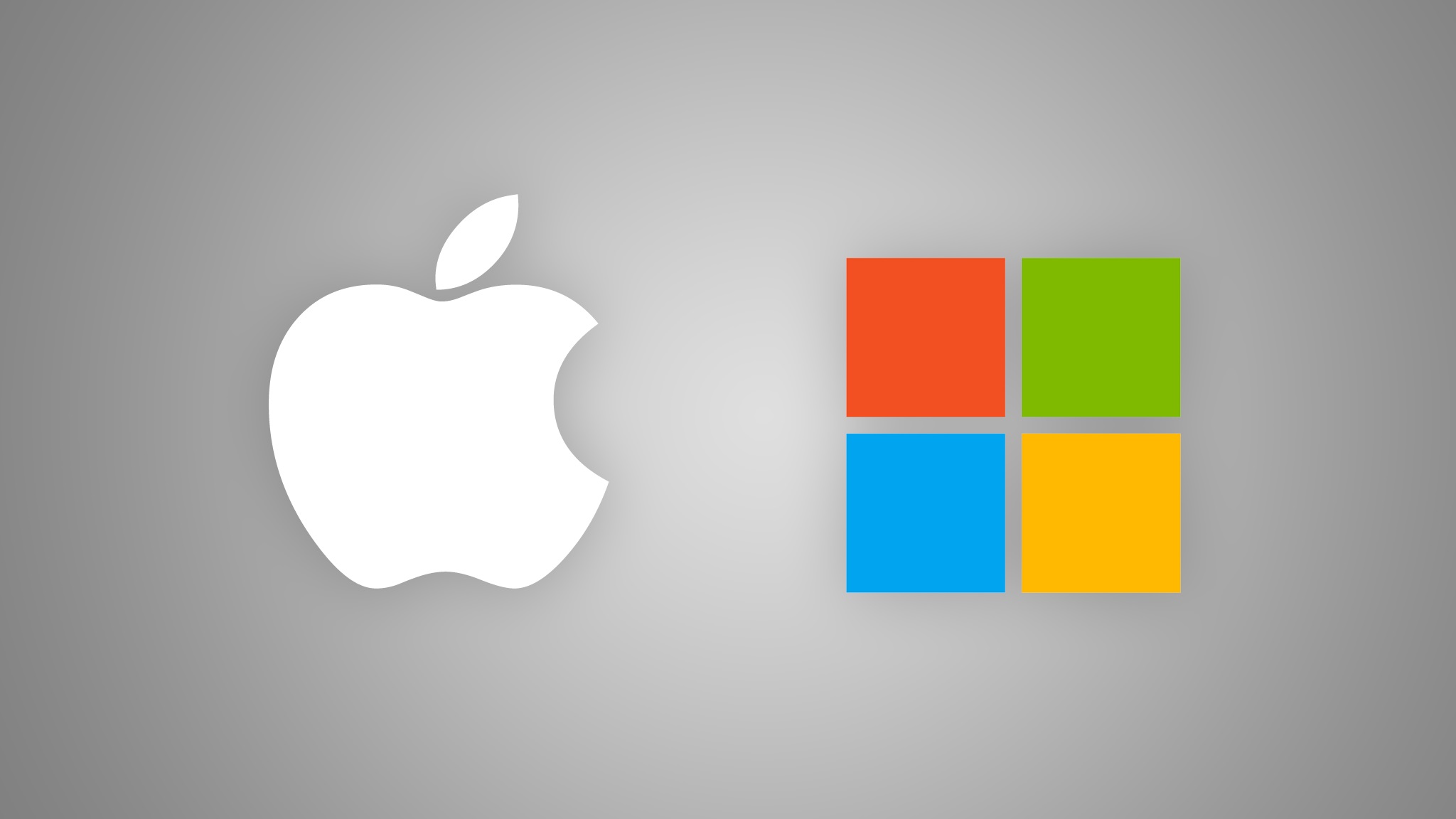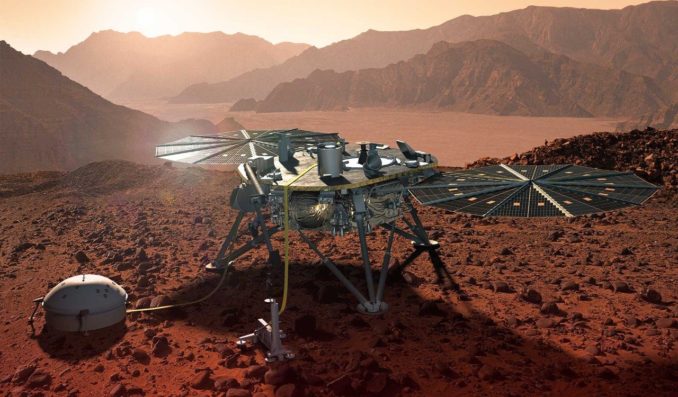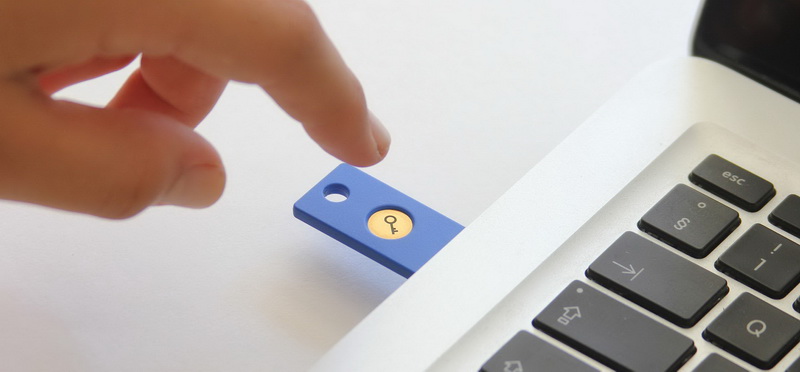Apple Updates iCloud to Fix the Compatibility Issues with Windows

Apple along with Microsoft had been working on the latest version of iCloud for Windows, and have just released the newest version of iCloud for Windows version 7.8.1. The Apple device users, having a Windows machine, had been complaining about the compatibility issues for a long time, for that Apple and Microsoft came together and started working to solve the issues.
The problem was occurring for most of the Windows 10 users when they were trying to install iCloud on it, they were getting an error message over the screen, with the failed installation. Also, the users who already had the software installed on their Windows machine were also facing problems with the Photos syncing and more.
Having received so many complaints regarding the compatibility issues of iCloud with Windows, earlier this month, Microsoft blocked its users from downloading iCloud for Windows. It had also noticed that the users were having a problem in updating the Shared Albums after they upgraded to Windows 10 version 1809.
Microsoft had earlier confirmed that it was working with Apple together, to resolve the issue, but, there has been no mention about the update of the iCloud for Windows from Apple. Yet it has listed some of the requirements for using the iCloud for windows on its support page: “iCloud for Windows 7.8.1 requires Microsoft Windows 7 or later; Outlook 2007 or later or iCloud.com (for Mail, Contacts, Calendar); and Internet Explorer 10 or later, Firefox 30 or later, or Google Chrome 28 or later (for Bookmarks).” The update on the iCloud support page has ensured that the problems that the users were facing earlier, won’t be there anymore, and they can now use the software on Windows machines without any difficulties.

Yashica is a Software Engineer turned Content Writer, who loves to write on social causes and expertise in writing technical stuff. She loves to watch movies and explore new places. She believes that you need to live once before you die. So experimenting with her life and career choices, she is trying to live her life to the fullest.




